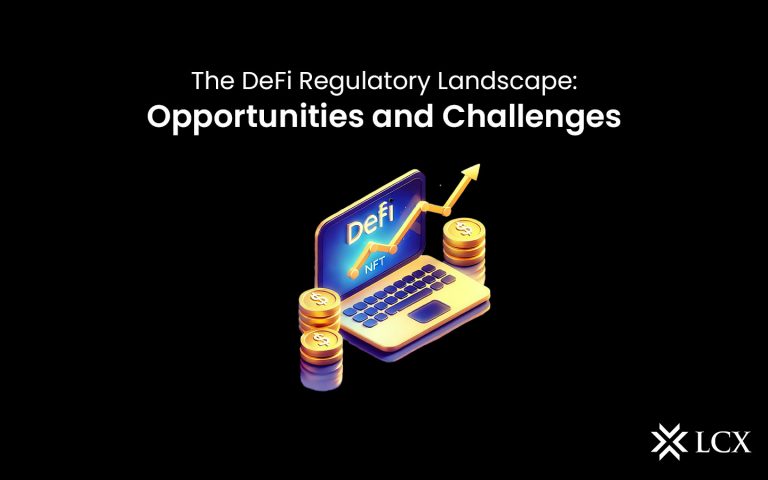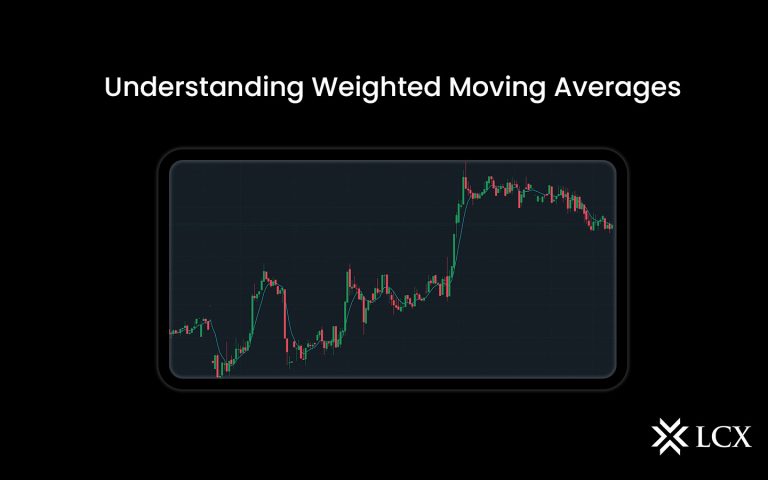Cryptocurrencies have transformed the financial sector by facilitating the development of innovative decentralized finance applications and novel forms of value transfer. Nevertheless, regulators worldwide continue to develop appropriate regulations to oversee these digital assets. This emerging technology has surpassed regulatory frameworks, resulting in a global patchwork of inconsistent crypto regulation.
Although certain countries, such as Japan, have adopted cryptocurrencies, others, such as China, have not. The Markets in Crypto-Assets (MiCA) framework, the first comprehensive regulatory regime specifically designed for crypto-assets, has been introduced by the European Union, which has taken the lead.
This article will compare MiCA to crypto regulations worldwide and analyze it. It will also investigate the implications of MiCA for an EU member at the vanguard of fintech innovation. A more comprehensive comprehension of cryptocurrency’s fluctuating regulatory landscape is achievable by examining MiCA globally.
An Overview of MiCA – The EU’s Innovative Crypto Regulation
MiCA is a groundbreaking development in the regulation of crypto-assets. It was proposed in 2020 and subsequently authorized in 2022. It will be fully implemented throughout the EU by 2024. MiCA’s objectives are to safeguard crypto investors, guarantee transparency, and preserve the integrity of crypto markets
MiCA provides a comprehensive framework that encompasses crypto-asset issuers and service providers, utility tokens, stablecoins, and more, in contrast to the extant EU regulations that only address specific aspects of cryptocurrencies. It promotes the adoption of crypto across borders by providing legal clarity and harmonizing regulations throughout the EU.
MiCA’s primary objectives include:
- Develop a unique regulatory framework for crypto-assets rather than conforming them to existing regulations.
- Improve the transparency of crypto issuers and service providers by implementing disclosure requirements.
- Implement governance protocols and conduct standards to protect investor interests.
- Prevent abusive behaviors and market manipulation.
- Establish capital, custody, and reserve requirements for stablecoins.
- Facilitate innovative experiments by implementing “pilot regimes.”
MiCA regulates crypto-assets, which are digital representations of value or rights that can be transferred electronically using distributed ledger technology. It does not include distinctive crypto-collectibles, such as NFTs.
Under MiCA, there are four categories of crypto-assets:
- Utility Tokens – Provide access to a current or potential product or service
- Asset-referenced Tokens – Stablecoins reference assets such as fiat to achieve stability.
- E-Money Tokens – Stablecoins are based on a single fiat currency.
- Other Crypto-Assets – A broad category
This intricate classification enables the development of rules that are specifically designed for each form of crypto-asset.
Comparing Global Crypto Rules: Fragmented Approaches vs. MiCA’s Cohesiveness
Cryptocurrency regulations are dispersed on a global scale, with substantial inconsistencies among jurisdictions. The regulatory posture of the majority of nations regarding cryptocurrency is still in the process of being developed. In comparison to the EU’s MiCA, certain sophisticated economies have made progress; however, their frameworks are constrained.
United States – No Holistic Approach, Overlapping Jurisdictions
The regulatory environment in the United States is intricate, with numerous agencies responsible for supervising cryptocurrencies based on the type of asset they are.
- Commodity Futures Trading Commission (CFTC) — Ethereum and Bitcoin.
- Securities Exchange Commission (SEC) – Crypto-tokens are classified as securities.
- Financial Crimes Enforcement Network (FinCEN) — Anti-money laundering.
Regulatory uncertainty is frequently the result of the CFTC and SEC’s overlapping jurisdictions. Furthermore, the complexity is further compounded by the ability of individual states to establish their own crypto regulations.
The United States lacks a comprehensive crypto framework, in contrast to MiCA’s cohesive approach. Nevertheless, the Lummis-Gillibrand Bill is one of several bills that Congress is currently contemplating in order to simplify cryptocurrency regulations.
United Kingdom – Comparatively Limited Range
A crypto-framework with four categories, analogous to MiCA’s taxonomy, was proposed by the UK Crypto Assets Task Force. Nevertheless, the United Kingdom’s interpretation of “e-money tokens” and “utility tokens” is more restrictive. Its regulatory purview is not as comprehensive as MiCA’s in terms of crypto-assets.
Switzerland’s tax clarity and asset focus are less comprehensive than those of MiCA.
Switzerland facilitates the adoption of cryptocurrencies by providing tax clarification and treating them as assets. Nevertheless, its framework emphasizes asset classification and taxation. MiCA’s scope is more extensive, incorporating all facets of crypto-assets.
Diverse National Regulations in Asia
Singapore, Japan, and South Korea are among the Asian nations that have adopted cryptocurrencies; however, each country has its own set of regulations. China, India, and Hong Kong have implemented a more circumspect approach. MiCA offers the unified regulatory paradigm that is presently absent in Asia.
The impact of MiCA on Lithuania: The transformation of the nation’s crypto landscape
Lithuania, a digitally progressive EU member, is home to a sophisticated finance ecosystem. The country has embraced cryptocurrency innovation, as MiCA is expected to have a substantial impact on Lithuania’s crypto landscape.
As MiCA is implemented, the following are some of the potential consequences:
- Strict Compliance Requirements:
In accordance with MiCA, Lithuanian crypto firms will be required to improve their compliance and adhere to more stringent transparency standards. - Enhanced Supervision:
Lithuania’s central bank may implement supplementary supervisory protocols in accordance with MiCA mandates. - Cross-border Growth:
The harmonized regulations of MiCA will facilitate the seamless expansion of Lithuanian crypto enterprises throughout the European Union. - Investment Attraction:
Lithuania’s crypto environment may become more alluring to EU investors and businesses by aligning with MiCA. - The Integration of Digital Assets:
The mainstream adoption of cryptocurrencies in Lithuania’s finance and commerce sectors may be enhanced by more stringent regulation. - Influencing Future Innovation:
Lithuania has the potential to shape future EU crypto regulations by implementing MiCA at an early stage. - Fintech Leadership:
Lithuania’s status as an innovative fintech leader within the EU will be solidified through compliance with MiCA.
MiCA has the potential to propel Lithuanian companies to the vanguard of Europe’s regulated digital asset economy. It redefines the requirements for the operation of crypto enterprises in the EU and Lithuania.
MiCA’s Priority for Investor Protection, Transparency, and Security
MiCA prioritizes investor protection, transparency, and security by design, as evidenced by provisions such as:
- Crypto-asset service providers are required to register.
- Requirements for token issuers to disclose information
- Mechanisms to prevent market manipulation and insider trading
- Minimum capital and liquidity requirements
- Protecting user assets and funds
- Unambiguous expectations regarding risk mitigation
- Governance criteria that comply with EU financial regulations
- Comprehensive AML and CFT protocols
Collectively, these requirements are designed to establish a rule-based environment in which consumers feel comfortable engaging with crypto-assets and risks are minimized. MiCA prioritizes integrity and accountability.
These stringent standards will necessitate EU companies to reinforce their security frameworks, financial controls, and transparency mechanisms. A culture of increased conformance is establishing itself.
These have the potential to decentralize finance and transform into a common utility, similar to the Internet, in the long term by providing investors with a sense of security. The establishment of trust through regulation is essential for mainstream adoption.
The Impact of Consistency on the Global Regulatory Puzzle: Situating MiCA
Global regulators, similar to the European Union, acknowledge the necessity of crypto supervision in the face of increasing adoption.
Nevertheless, the majority of jurisdictions are still in the process of experimenting with custom regulations.
In this context, MiCA provides a substantive and consistent framework by comprehensively addressing the intricate nuances of digital asset regulation.
MiCA is on the brink of becoming a significant model for global crypto regulations, given the EU’s global regulatory influence. It may have a dual effect:
- Motivating imitation – MiCA’s model may serve as a model for other nations to emulate in the development of their own frameworks.
- Promoting convergence – The gradual alignment of global principles over time could be achieved by using MiCA as a standard reference.
The interconnection of crypto networks across borders will be more seamless as a result of standardized regulations. They facilitate shared prosperity and global participation.
Consequently, MiCA has the potential to serve as a stepping stone to the establishment of unified global crypto regulations in the future. Its pioneering example has the potential to expedite clarity and convergence.
MiCA’s Future Trajectory and Global Influence
MiCA is on the brink of revolutionizing the digital asset landscape in Europe and potentially having global repercussions as a pioneering crypto regulation of its magnitude.
MiCA is expected to prioritize the following areas in the immediate future:
- Providing guidance to member states on the nuanced implementation of its provisions
- Utilizing technological advancements to optimize efficiency
- Periodic evaluations to incorporate newer crypto-asset categories
- Providing clarification on specific regulations in accordance with market feedback
- Guaranteeing uniform enforcement among EU members
In the long term, MiCA may become a global regulatory lodestar by:
- Motivating other nations to adopt comparable holistic strategies
- Developing templates for global organizations such as the IMF or World Bank to expand upon
3. Assisting in the establishment of a global consensus on the regulation of digital assets - Encouraging the development of borderless blockchain networks by establishing standardized regulations
- Establishing the European Union as a leader in the pursuit of equitable cryptocurrency regulation
MiCA will be required to remain adaptable as decentralized technologies continue to develop. However, its prospective impact is undeniable. MiCA signifies a significant milestone in the emergence of cryptocurrency into the regulatory mainstream.
Conclusion
MiCA offers much-needed clarity in the intricate realm of crypto-asset regulation. MiCA implements a pioneering EU framework that is both holistic and harmonized, thereby addressing the global absence of regulatory cohesion for cryptocurrencies.
Regulation is essential for the establishment of trust and protection as decentralized finance advances.
Lastly, MiCA provides a global regulatory paradigm for digital assets that is influential. Its example has the potential to motivate progress toward unified global crypto regulations in the years ahead.










